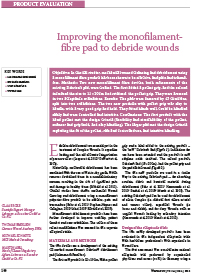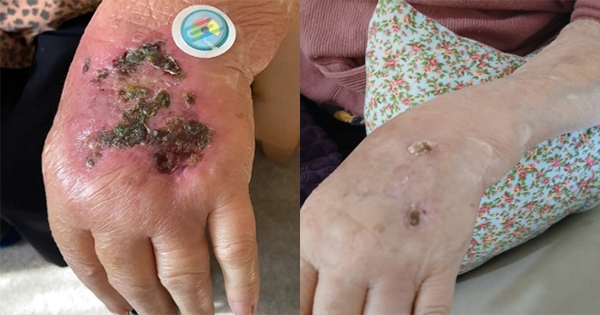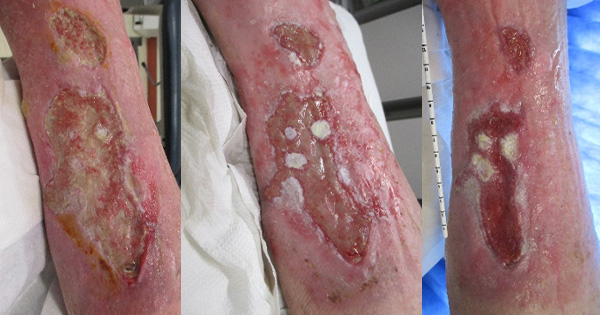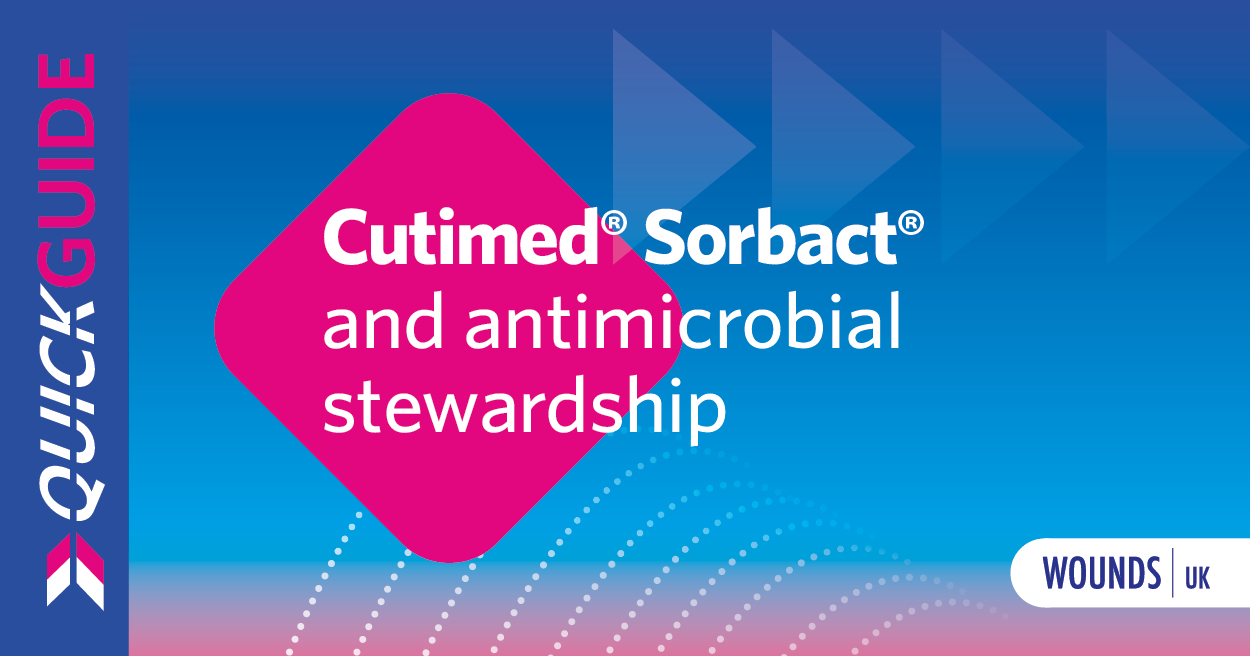Effective debridement is an essential part in the treatment of complex wounds. It expedites healing and can aid accurate categorisation of pressure ulcers (Leaper et al, 2012; Dowsett et al, 2013).
Historically, mechanical debridement has been associated with the use of wet-to-dry gauze, which removes devitalised tissue in a nondiscriminatory manner, resulting in the risk of significant pain and damage to healthy tissue (Sibbald et al, 2011). Clinical studies have shown mechanical wound cleansing and debridement using a monofilament polyester fibre product to be effective, pain and trauma-free (Bahr et al, 2011; Stephen-Haynes and Callaghan, 2012; Iblasi, 2018; Schultz et al, 2018).
Monofilament debridement products have been further developed to improve usability, patient comfort and user satisfaction. The success of these recent modifications was assessed in two separate acceptance trials.





